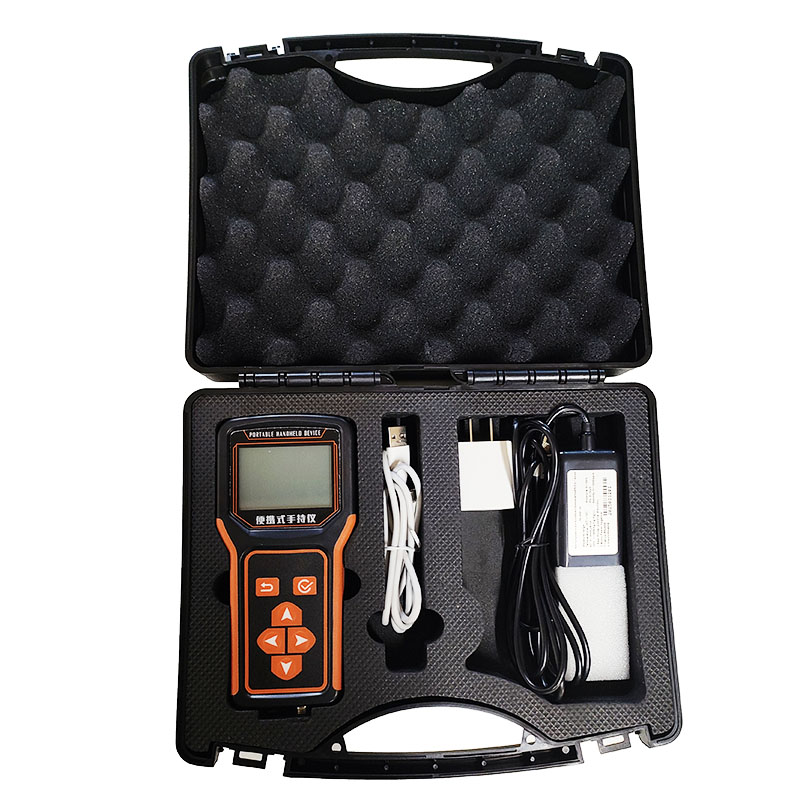In modern agriculture, the application of science and technology has become an important way to improve production efficiency and ensure food safety. With the popularity of precision agriculture, soil management is becoming increasingly important. As an emerging agricultural tool, handheld soil sensors are rapidly becoming a “good helper” for farmers and agricultural managers with their convenient and efficient characteristics. This article will introduce the functions and benefits of handheld soil sensors and share a practical application case to demonstrate their great potential in practical agricultural production.
What is a handheld soil sensor?
A handheld soil sensor is a portable device that quickly measures a number of key parameters in soil, such as soil moisture, temperature, pH, and EC (electrical conductivity). Compared to traditional soil inspection methods, this sensor is fast, efficient and easy to operate, providing farmers and agricultural technicians with immediate data feedback for healthy crop growth and soil management.
Advantages of handheld soil sensors
Real-time data acquisition: Handheld soil sensors provide accurate soil information in seconds to help farmers make quick decisions.
Ease of use: Most handheld sensors are simple in design and easy to operate, and simply insert the sensor into the soil to obtain the required data, lowering the threshold for expertise.
Multifunctional integration: Many high-end models are equipped with multiple sensing functions to measure multiple indicators of soil simultaneously, supporting a comprehensive understanding of soil conditions.
Data logging and analysis: Modern handheld soil sensors are often equipped with cloud storage and data analysis capabilities, allowing users to easily track soil changes and optimize management strategies based on historical data.
Actual case: The success story of a farm
At an agricultural demonstration farm in Australia, farmers have been working to improve the yield and quality of wheat. However, due to the lack of accurate monitoring of soil health, they often miscalculate irrigation and fertilization, resulting in wasted resources and poor crop growth.
To improve the situation, the farm manager decided to introduce hand-held soil sensors. After a series of trainings, the farmers quickly learned how to use the sensors. Every day, they used the tool to measure soil moisture, pH and electrical conductivity in different fields.
By analyzing the data, the farmers found that the soil pH of one field was acidic, while that of another field was highly salinized. Thanks to real-time data from handheld soil sensors, they quickly took steps to regulate the soil, such as applying lime to raise pH and improve drainage conditions. When it comes to irrigation, they can precisely control water based on soil moisture data, avoiding unnecessary duplication of irrigation.
After the implementation of a growing season, the overall wheat yield on the farm has increased by 15%, and the quality of wheat has also been significantly improved. More importantly, farmers began to realize the importance of scientific management and gradually formed a data-driven agricultural management culture.
Conclusion
As an important tool in modern agriculture, handheld soil sensors are providing strong support for the digital transformation of the planting industry. As technology continues to advance, these devices will become smarter and more powerful, greatly improving the efficiency of soil management and promoting sustainable development. It has been proved by practice that handheld soil sensors can not only solve practical problems in current agricultural production, but also provide a new development path for farmers and agricultural managers. Let us enter a new era of intelligent agriculture together, and let science and technology add color to a better life!
For more soil sensor information,
please contact Honde Technology Co., LTD.
Tel: +86-15210548582
Email: info@hondetech.com
Company website: www.hondetechco.com
Post time: Apr-02-2025


